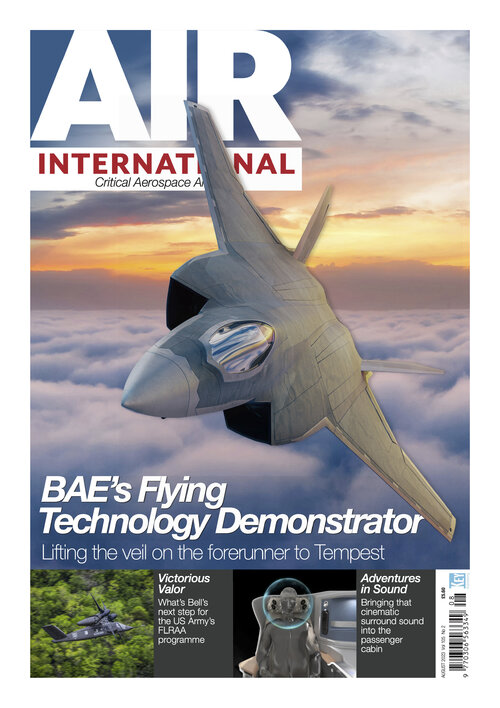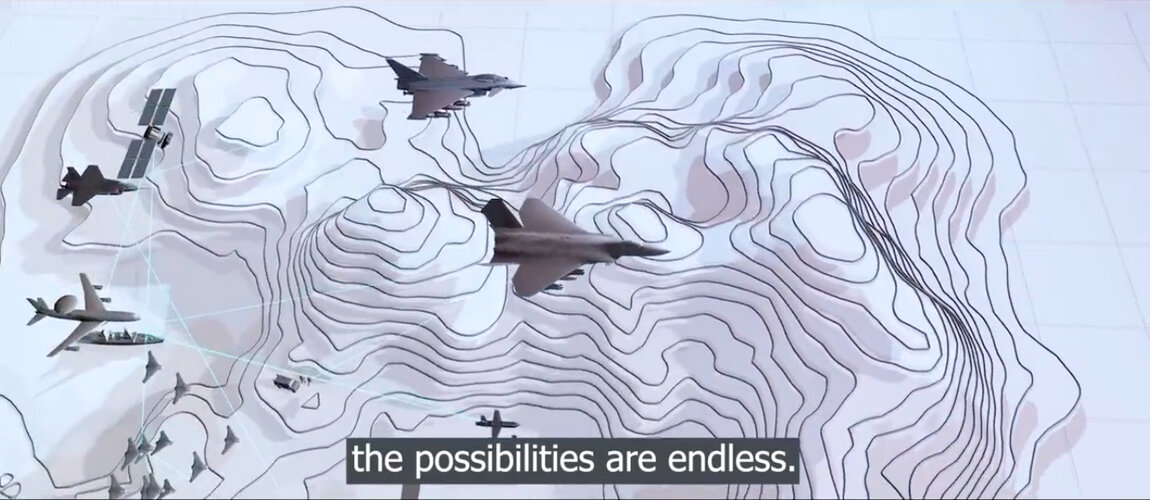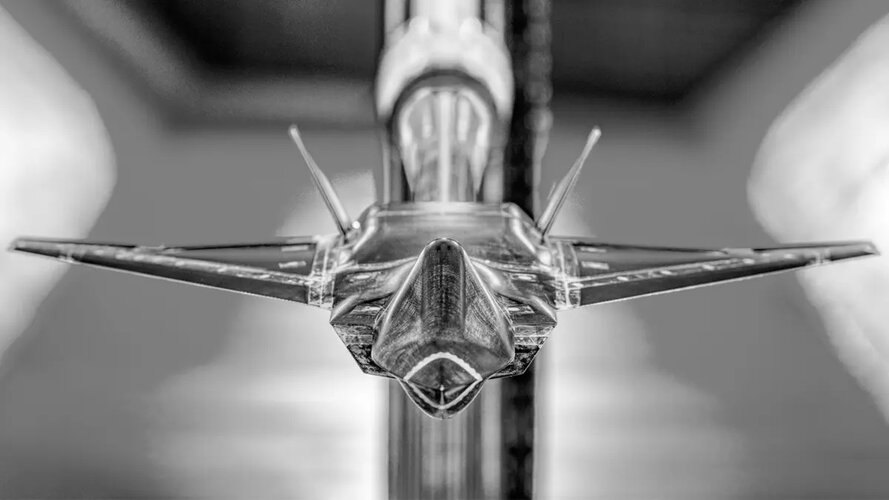red admiral
ACCESS: Top Secret
- Joined
- 16 September 2006
- Messages
- 1,737
- Reaction score
- 2,153
Also worth noting that other countries also have export controls and end user controls... e.g. Like Germany blocking further Typhoon sales to Saudi. This isn't some nefarious US plot.
Obviously Japan or Italy will never block any sales or limit support etc. at any point over the next 50 years of this project.
Obviously Japan or Italy will never block any sales or limit support etc. at any point over the next 50 years of this project.



![FalconWorks _ BAE Systems (1).mp4_snapshot_00.49_[2023.07.11_01.21.20].jpg](/data/attachments/239/239058-b09ed21c4cf480f5ccb4f56f3357081f.jpg)

